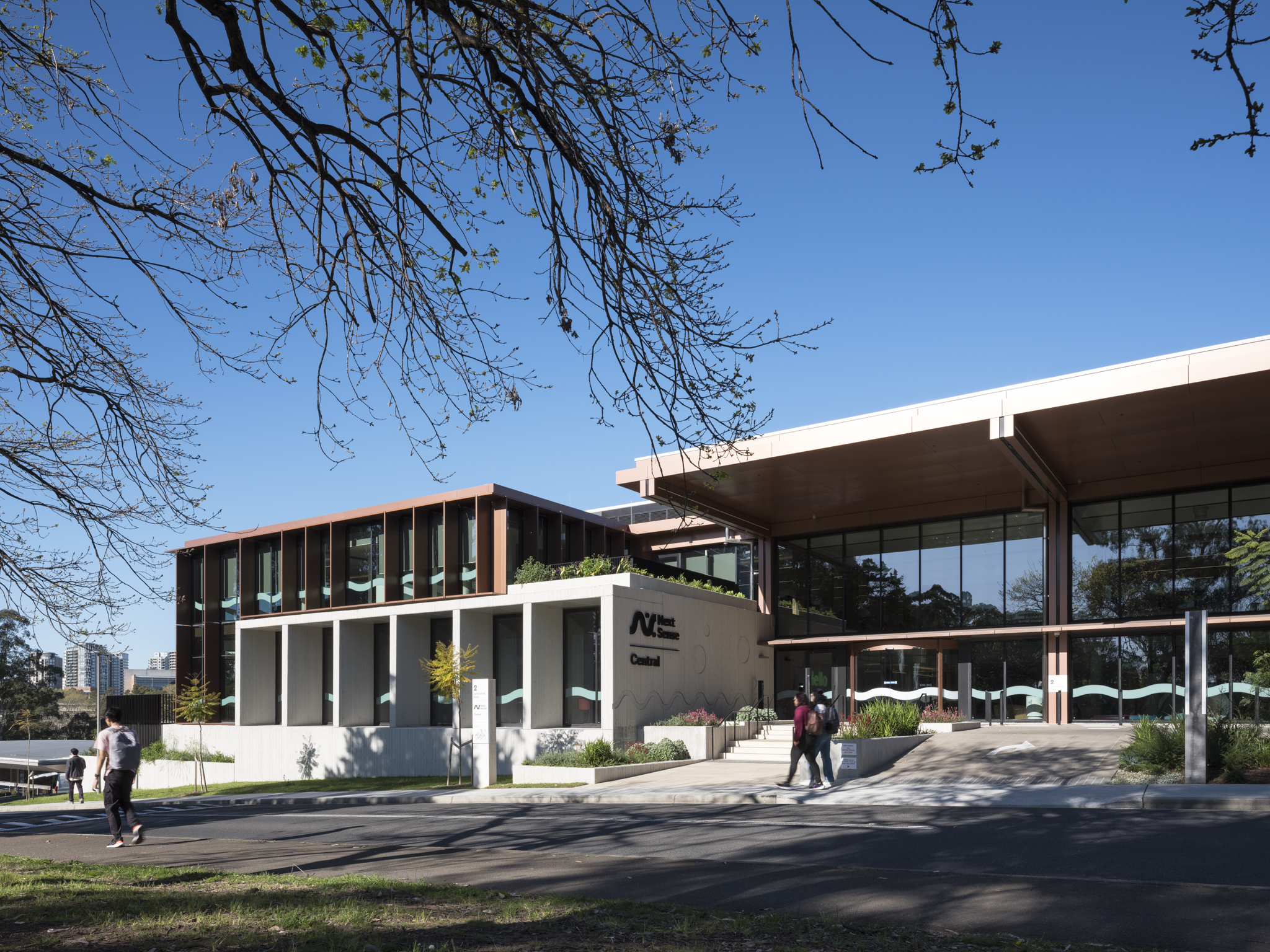The NextSense centre for innovation at Macquarie University was officially opened by the Prime Minister of Australia on Tuesday 6th August, marking a significant milestone for Australians living with hearing and vision loss. Designed by WMK Architecture, this state-of-the-art facility brings together health and disability services, education, and research under one roof. This strategic co-location aims to foster collaboration and innovation, driving better outcomes for children, adults, and families with sensory disabilities.

The centre is an integral part of a broader ecosystem that integrates research, education, healthcare, policy, and industry. By 2050, more than 6 million Australians will experience hearing loss, with over 1 million affected by blindness or low vision. The NextSense centre aims to attract leading thinkers and solidify Australia's position as a world leader in addressing hearing and vision loss.
The centre offers opportunities to develop "living models" demonstrating best practices in service delivery and education. These models will evolve based on ongoing research and practical application, benefiting those who rely on NextSense for health and disability services and influencing broader service delivery and teaching approaches. The centre will enable NextSense to launch new research and professional education programs, expand in-person and telepractice services, and enhance its world-leading cochlear implant program.
WMK’s design approach revolves around three key pillars: Sensory, Network, and Sense of Purpose. The design considers the overall experience of people with physical disabilities, ensuring inclusivity. Its many accessibility features include the highest possible acoustic standards, wayfinding braille signage, and walls and furniture with high-contrast elements to allow better depth perception.
Spread over 9,520 sqm, the development includes two interconnected pavilions at the corner of Culloden and Gymnasium Road. The design features a school for up to 120 students, a preschool for up to 80 children, a workplace for 260 staff, conference and seminar areas, therapy, rehabilitation, and clinical services hubs, a café, reception, and a resources library. The layout fosters interaction between teaching, clinical services, and administration staff, as well as those from outside institutions.
The entrance off Gymnasium Rd features a double-height foyer, the centre of activity with the café, business hub, and showcase zone, filled with multi-sensory stimulation. The central building serves as the public interface for the centre, with client-facing functions on the ground level and workplace departments on the first level, designed to increase fluidity and collaboration amongst departments.
The design incorporates sustainability features, aiming for a maximum green star rating. These include energy-efficient building services, recycled materials, rainwater storage, and promotion of active living through connections to local bicycle paths and end-of-trip facilities. WMK’s design ensures that both buildings sit respectfully within their contexts, with each building's unique architectural expression reflecting its function.
“Our ambition for the design of the new centre was to put people with hearing and vision loss first. We are delighted by the careful thought and creativity that WMK have brought to this project, which really showcases how good inclusive design can be.”
Chris Rehn, CEO of NextSense
The NextSense centre for innovation is set to be a beacon of progress, inclusivity, and collaboration, and is a significant investment in people who have hearing and vision loss.


